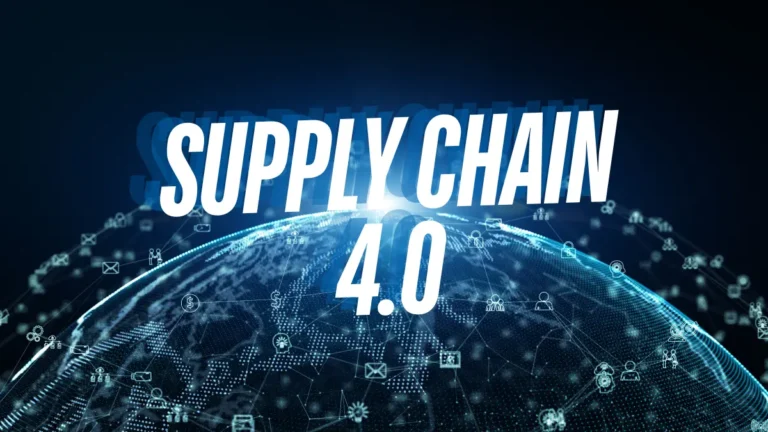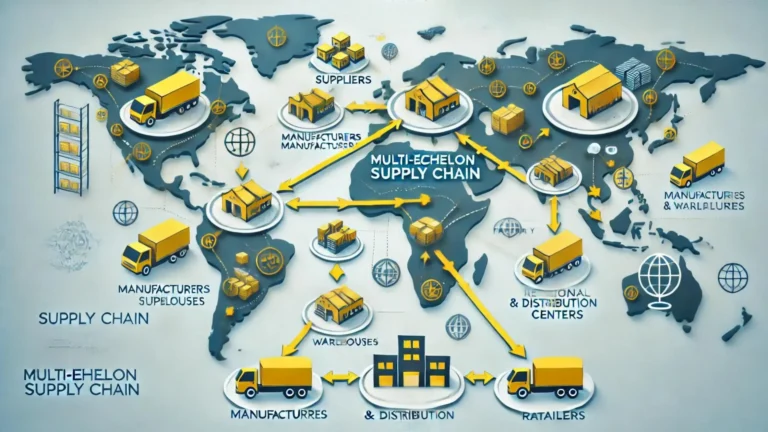Inventory carrying cost is a crucial aspect of inventory management that often goes unnoticed. Understanding and accounting for these hidden or indirect costs can significantly impact your bottom line. In this blog, we will explore the various elements of inventory carrying cost and how to manage them effectively within the realm of supply chain analytics.

What Are Inventory Carrying Costs?
Before diving into hidden or indirect costs, it’s essential to understand what inventory carrying costs entail. Inventory carrying costs include all expenses related to holding and storing inventory. These costs can be divided into four main categories: capital costs, storage costs, service costs, and risk costs.
Capital Costs
Capital costs represent the opportunity cost of investing capital in inventory rather than other profitable ventures. It includes the cost of the money tied up in inventory and the interest on borrowed funds used to purchase inventory.
Storage Costs
Storage costs encompass all expenses related to storing inventory. This includes warehousing fees, utilities, handling expenses, and depreciation of storage equipment.
Service Costs
Service costs involve costs associated with insurance, security, and taxes on inventory. These costs ensure that the inventory is protected and compliant with regulations.
Risk Costs
Risk costs cover the potential losses from obsolescence, theft, damage, and price fluctuations. These costs account for the risks associated with holding inventory over time.
Identifying Hidden or Indirect Inventory Carrying Costs
Now that we understand the primary components of inventory carrying costs, let’s delve into the hidden or indirect costs that are often overlooked.
Administrative Costs
Administrative costs include expenses related to managing inventory, such as staff salaries, software, and systems used for inventory management. These costs can accumulate over time and significantly impact your overall inventory carrying cost.
Environmental Costs
Environmental costs involve expenses related to compliance with environmental regulations, waste disposal, and recycling of obsolete inventory. These costs are becoming increasingly important as sustainability practices gain traction.
Quality Assurance Costs
Quality assurance costs cover the expenses of inspecting, testing, and ensuring the quality of inventory. This includes costs associated with returns, rework, and warranties.
Customer Satisfaction Costs
Customer satisfaction costs are related to maintaining high service levels and meeting customer expectations. This includes costs for expedited shipping, handling returns, and customer service.
Strategies to Manage Hidden Inventory Carrying Costs
Understanding hidden inventory carrying costs is crucial, but managing them effectively is even more important. Here are some strategies to help you reduce and manage these costs.
Implementing Just-In-Time (JIT) Inventory
Just-In-Time (JIT) inventory management aims to minimize inventory levels by receiving goods only when needed for production or sales. This approach reduces storage, capital, and risk costs.
Leveraging Technology
Utilizing advanced inventory management software can help streamline administrative tasks, reduce errors, and improve overall efficiency. Technology can also assist in tracking environmental and quality assurance costs more accurately.
Outsourcing Non-Core Activities
Outsourcing activities such as warehousing, transportation, and quality control to third-party logistics providers can help reduce administrative and storage costs. This allows companies to focus on their core competencies while leveraging the expertise of specialized service providers.
Enhancing Supplier Relationships
Building strong relationships with suppliers can lead to better payment terms, bulk discounts, and more reliable deliveries. This can help reduce capital costs and improve inventory turnover rates.
Real-Life Example: Managing Hidden Inventory Costs
Consider a mid-sized electronics retailer that struggled with high inventory carrying costs. By implementing JIT inventory and leveraging technology, they reduced their storage costs by 30% and administrative costs by 20%. Additionally, outsourcing their quality control process to a specialized provider helped them focus on core activities and improve product quality.
Conclusion
Hidden or indirect inventory carrying costs can significantly impact your business’s profitability. By identifying and managing these costs effectively, you can improve your bottom line and enhance overall efficiency. Implementing strategies like JIT inventory, leveraging technology, outsourcing non-core activities, and enhancing supplier relationships can help you manage these costs better.
External Resources
- Article from Harvard Business Review: https://hbr.org/2005/03/inventory-driven-costs
- Research Paper from ScienceDirect: https://www.sciencedirect.com/topics/engineering/inventory-holding-cost
By following these guidelines and continuously monitoring your inventory carrying costs, you can achieve greater efficiency and profitability in your supply chain operations.






